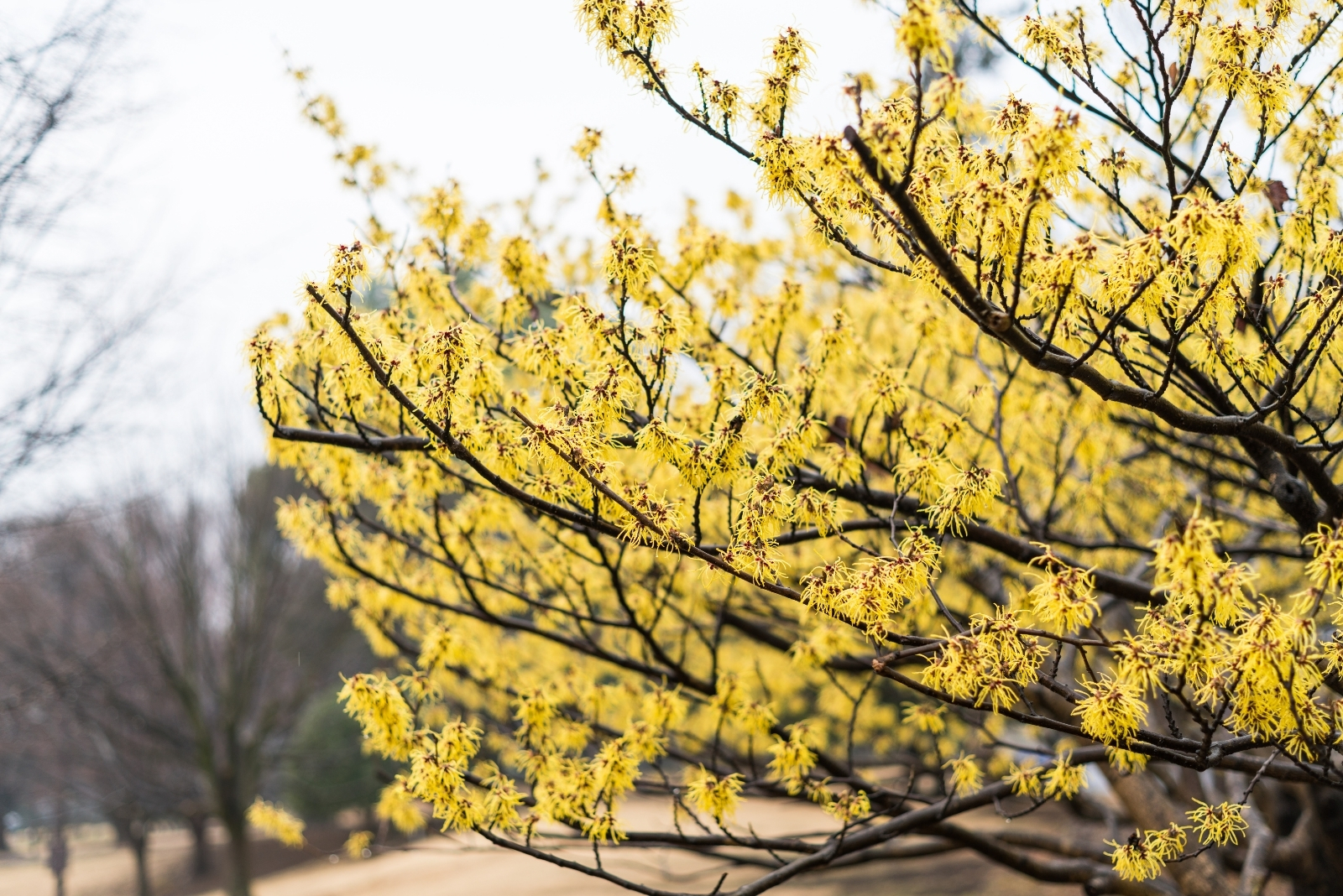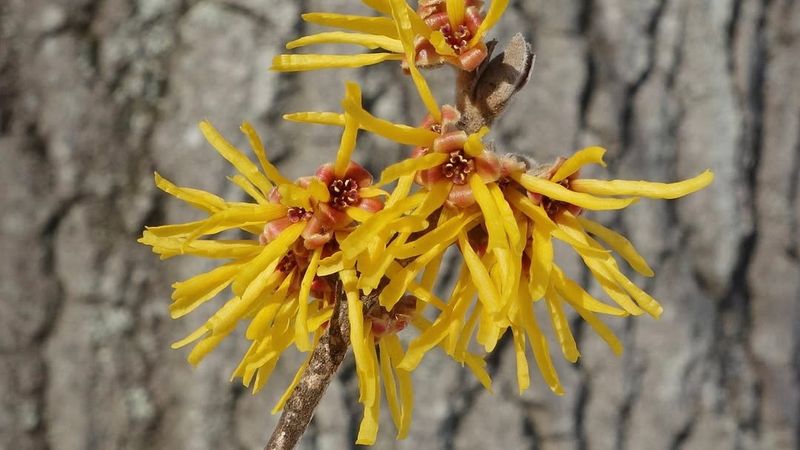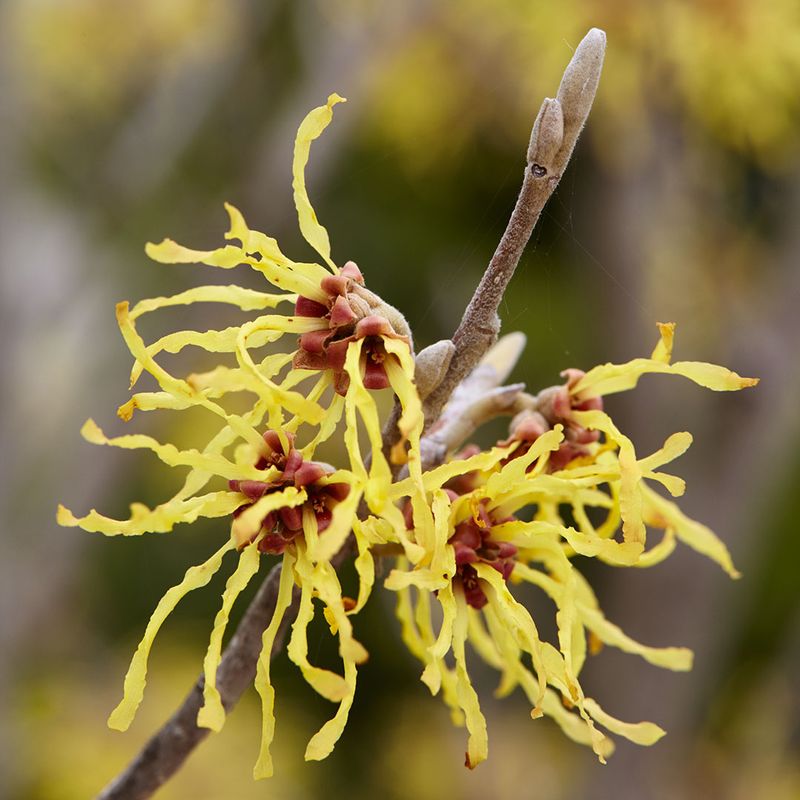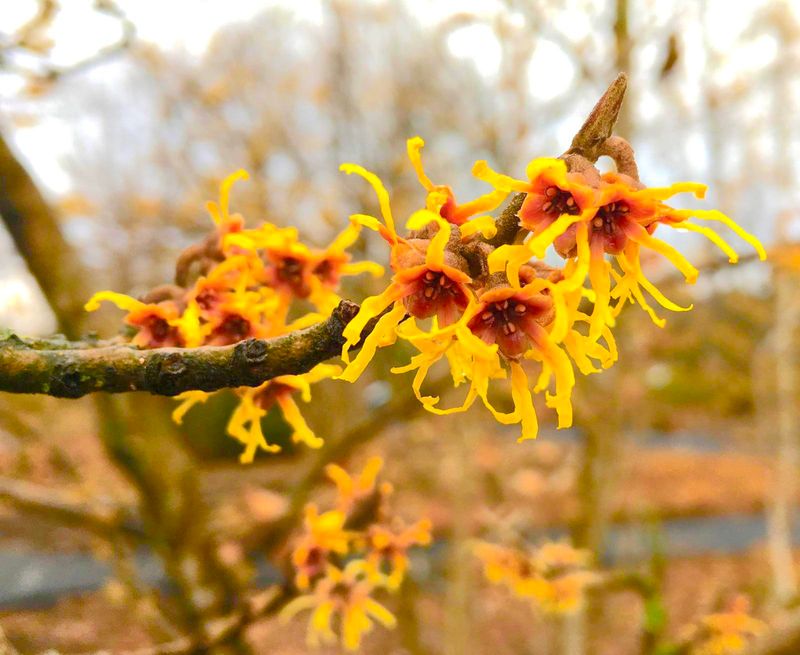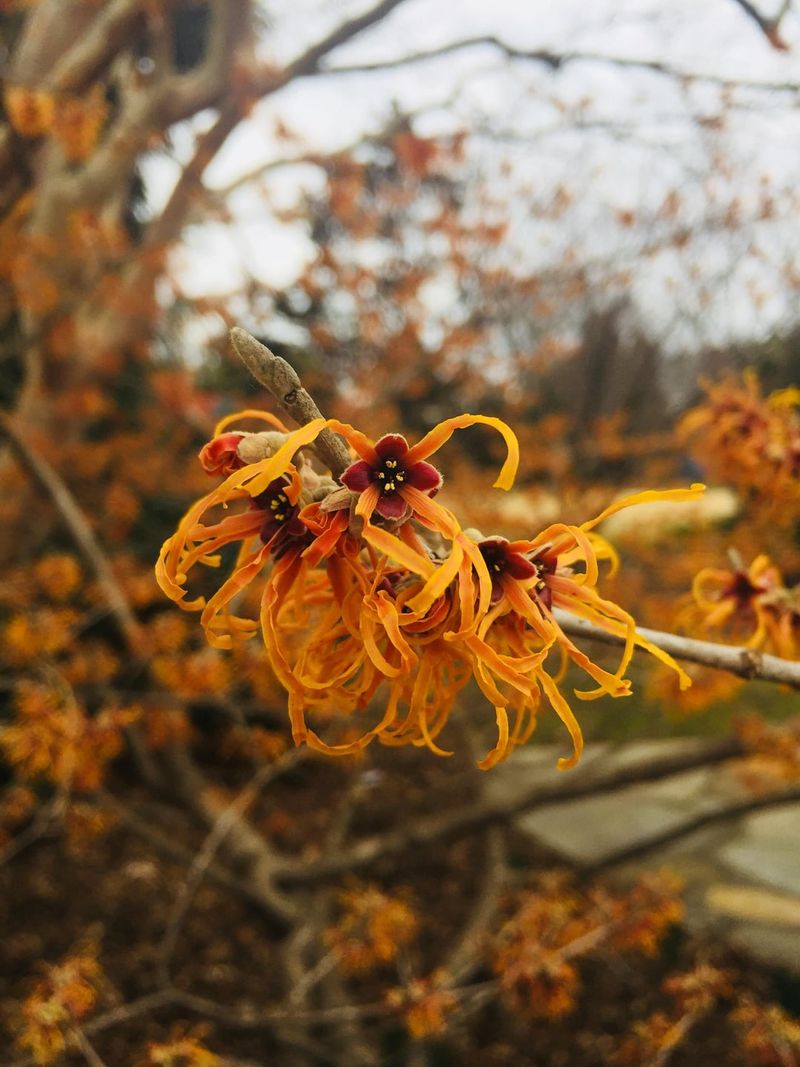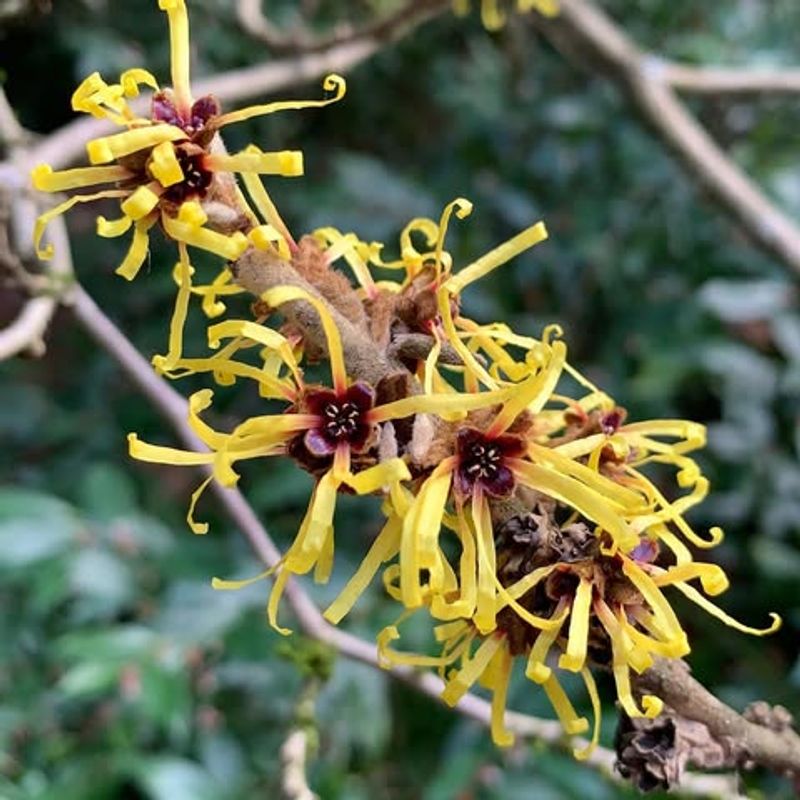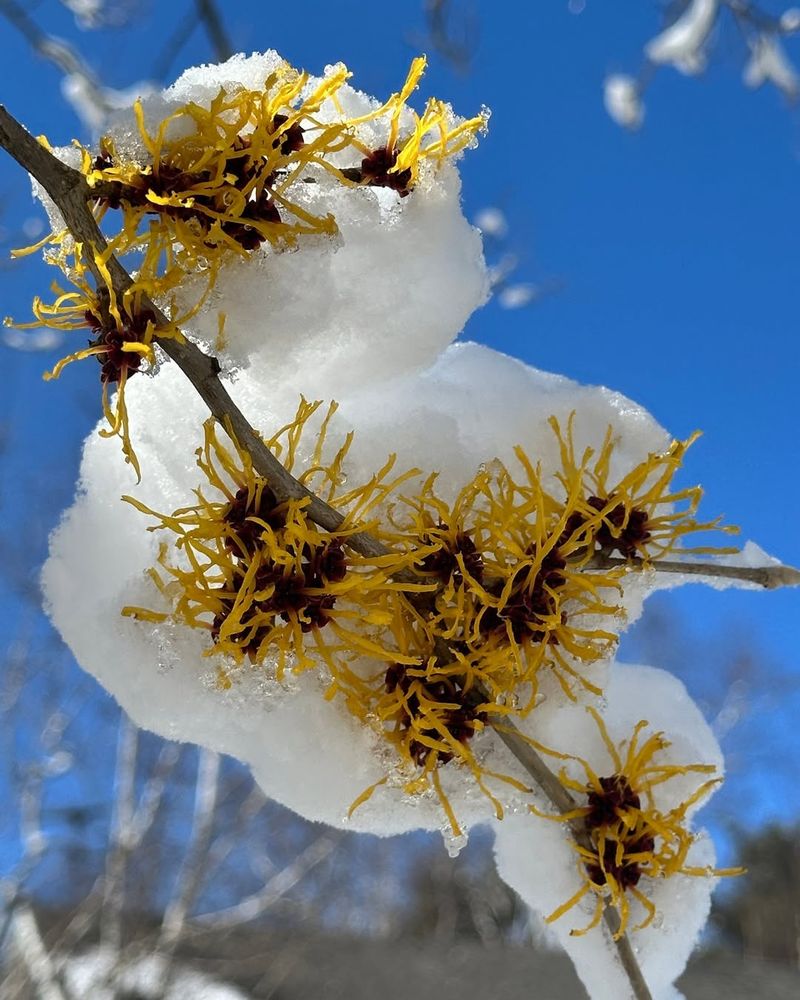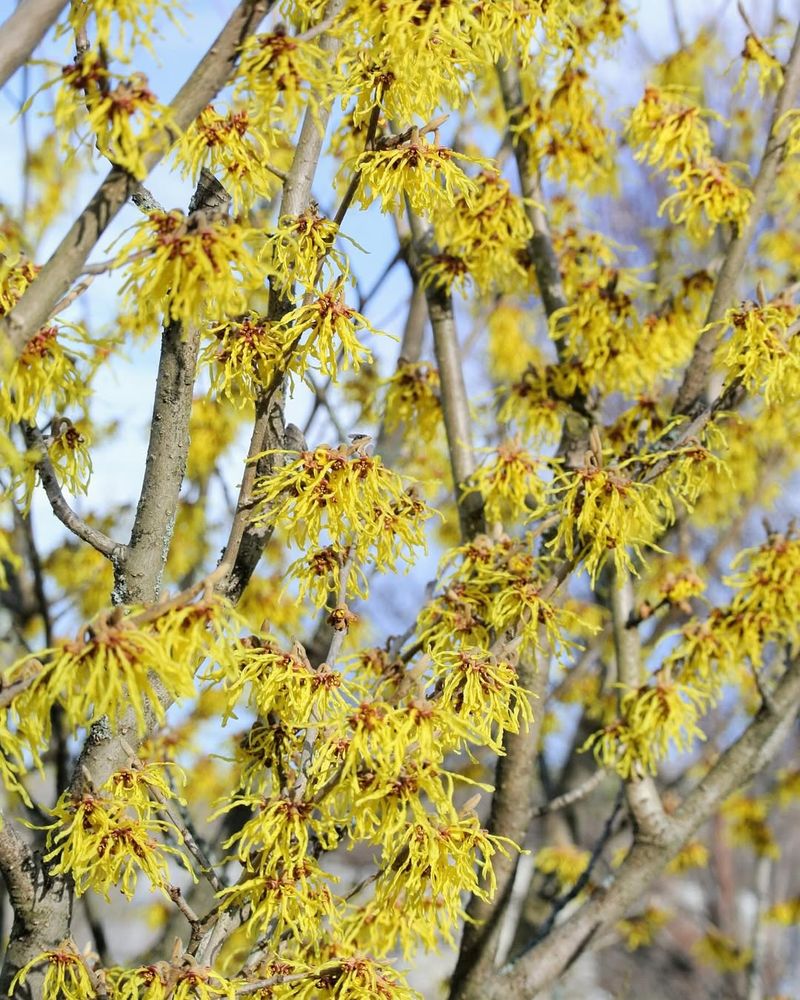Every autumn, Georgia’s landscapes come alive with a splash of unexpected color thanks to the witch hazel tree.
Just when most plants start to fade, this one bursts into golden, ribbon-like flowers that buzz with bees and butterflies. It’s like nature’s way of throwing one last party before winter sets in.
I always stop to admire its cheerful blooms—it’s hard not to smile when you spot one glowing in the cool fall air.
1. Late-Season Blooming Time
Most flowering plants call it quits by September, but witch hazel in Georgia has other plans. Its blooms appear between October and December when pollinators struggle to find food sources.
Bees and butterflies flock to these golden ribbons of petals like shoppers to a clearance sale. This timing makes it a lifesaver for insects preparing for winter.
2. Bright Yellow Flower Color
Pollinators spot colors differently than humans do, and yellow registers like a neon sign to hungry bees. Witch hazel’s vibrant golden petals stand out against Georgia’s autumn browns and reds.
Those spidery yellow blooms practically glow in the fading fall light. Insects cruising around looking for nectar can’t miss them, even from a distance.
3. Abundant Nectar Production
When food gets scarce, quality matters more than ever. Each witch hazel bloom produces generous amounts of nectar that fuels pollinators through chilly Georgia mornings.
Bees especially appreciate this energy-packed reward during autumn when temperatures drop. One visit to these shrubs provides enough calories to keep them buzzing through cooler days ahead.
4. Accessible Flower Structure
Unlike flowers with complicated tunnels or hidden nectaries, witch hazel keeps things simple. Those long, twisted petals create easy landing pads for all sizes of pollinators visiting Georgia gardens.
Even smaller insects can reach the nectar without much effort. This open-door policy means more species benefit from the autumn buffet.
5. Fragrant Scent Attraction
Smell plays a huge role in how pollinators find their meals. Witch hazel releases a sweet, spicy fragrance that drifts through Georgia’s autumn air like an invisible dinner bell.
This scent helps guide insects from far away, especially on cloudy days when visual cues fade. The aroma intensifies on warmer afternoons, drawing even more visitors.
6. Cold-Hardy Blooms
Georgia’s autumn weather swings wildly, but witch hazel doesn’t flinch. Its flowers tolerate light frosts and chilly nights that would destroy more delicate blooms.
Pollinators benefit because these reliable flowers stay open even after cold snaps. When temperatures climb back up during the day, both plant and insect make the most of it.
7. Extended Blooming Period
Unlike plants that bloom and vanish within days, witch hazel takes its sweet time across Georgia. Individual shrubs can flower for six to eight weeks, creating a reliable food station.
Pollinators learn where these dependable plants grow and return repeatedly. This extended schedule ensures insects get multiple chances to stock up before winter arrives.

